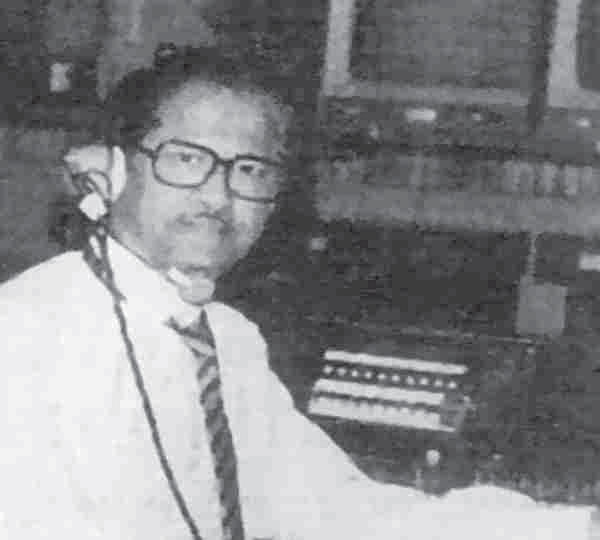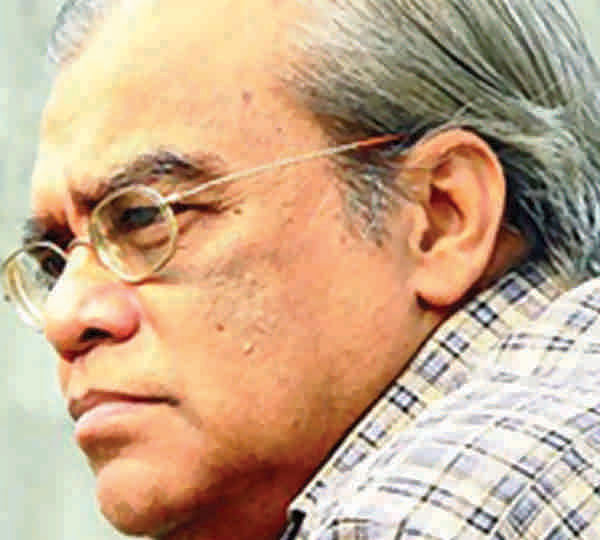Notun Kuri
Continued from issue 41…

In 1966, the then Pakistan Television started searching for young talents through producing children's contest programs. To start off the program, announcements were made to submit applications. There were eight to ten participants for one episode of 25 minutes. Initially, it was decided that there would be thirteen episodes. From the beginning, television used to prepare schedules for three months ahead. That is why all weekly programs had thirteen episodes. It was decided that there would be categories for different genres of songs, like: Adhunik, Polligeeti, Rabindra Sangeet, and Nazrul geeti. For every episode, twenty to twenty five applications for eight to ten participants were entertained. Auditions used to run every Sunday – the weekend. But Sunday was holiday for TV officials, but for the sake of convenience of the children Sunday became the audition day. Renowned artistes were judges on the audition and many argued where the same judging panel would there for the final events. This led to the learning of properly organizing contest programs.
The main program was run live. Although the audience wasn't able to participate through telephone or SMS, there was no lack of enthusiasm among them to watch the young talents for the first time on TV. Masuma Khatun, a longtime TV host was the anchor of the programmes – currently she is working for the Voice of America. Often Mustafa Monowar himself hosted the programme, and when he was in front of the camera, although a children-show, Zaman Ali or Abdullah Al Mamun used to produce the show. And there were three judges for each episode.

After name announcements, every child used to present one item. At the very first day, everyone felt they missed something to plan. Show was on-air live, after the fifth contestant; they realized that the judges need some time to sum up the marking. And it wouldn't be fair to the last contestant if the judges don't get any time. So, what would be on-air during that time when the judges are marking? The host started talking to the audience while the participants waited behind the curtain; he kept talking until the judges finished their judgments. That was the first time both the audience and producers realized that being dazed is not possible in a live show. The host has to have the wit to improvise in any situation. This improvisation skill is still needed today. Later, children's program, Notun Kuri became so popular that it became a national competition. In Notun Kuri, a group song used to be played while the judges finalized the winner. Nowadays, during the contests, viewers can see on-screen what numbers are given to each participant.
To present Notun Kuri in a large scale, along with Mustafa Monowar, Kazi Kayum also had an important contribution. Kazi Kayum joined television as an art director. Before, he was a regular participant in various quiz shows on TV. During his schooldays, the amount of cash he won from quiz shows was a matter of envy for his classmates. There were many quiz programmes in East Pakistan, which had its final show in West Pakistan. And Kazi Kayum became champion in general knowledge quiz show in the whole of Pakistan.
During his long time producing Notun Kuri, he brought many changes to the show. Through the transformation of the location of BTV from the small studios of DIT to the large space of Rampura, he not only increased the number of participants but also made sure that children from all over Bangladesh can be a part of the show. Probably, there was an order from the Government or that children from all over Bangladesh should be able to participate in the show. Kazi Kayum made sure that children from all over Bangladesh can take part; how they can come to Dhaka, how the judges can travel outside Dhaka – everything was chalked out. Through Notun Kuri, it was not only that the children were enthusiastic to participate, but music schools, children institutions and even magazines spun off from the program. So readers, you can understand how popular Notun Kuri was!
To be continued…
The writer is Managing Director, Channel i
Translated by Zia Nazmul Islam

 For all latest news, follow The Daily Star's Google News channel.
For all latest news, follow The Daily Star's Google News channel. 



Comments